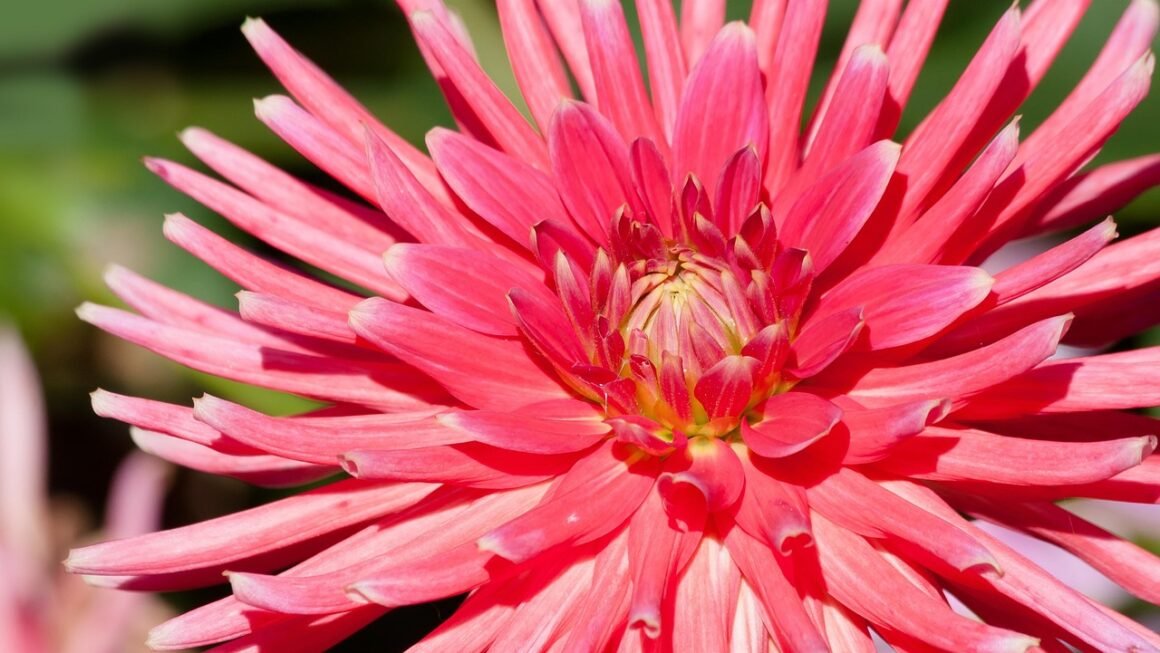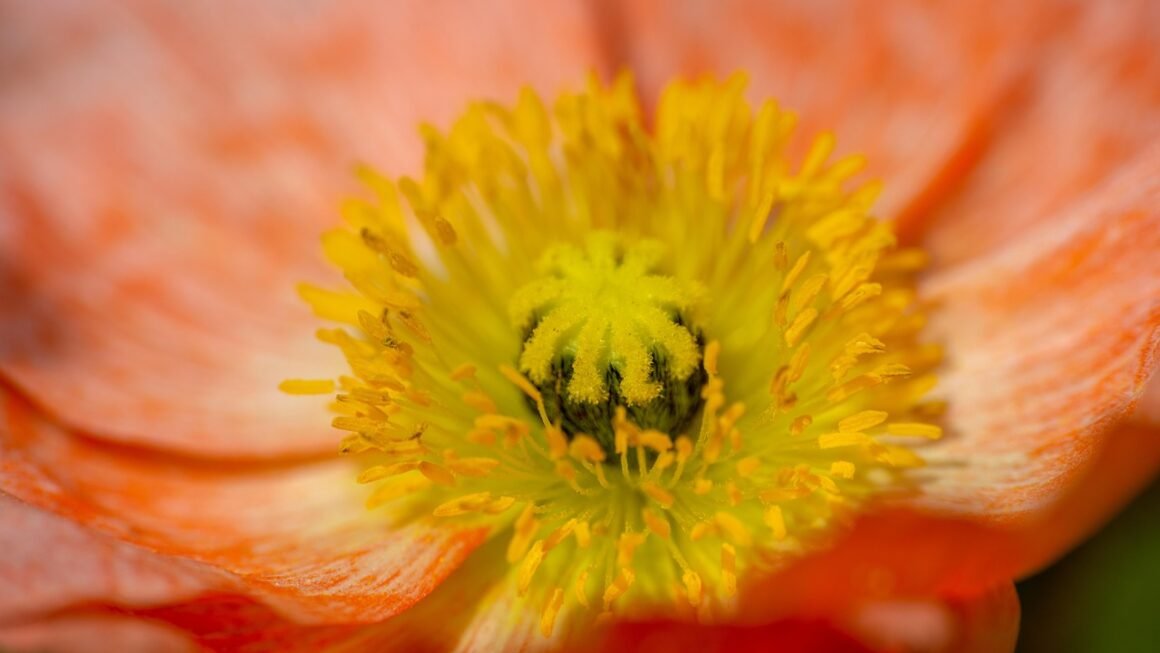From plumbing to industrial manufacturing, pipe fittings are unsung heroes, quietly ensuring the safe and efficient transport of fluids and gases. Choosing the right pipe fitting is crucial for leak-proof connections, system integrity, and overall operational success. This comprehensive guide explores the diverse world of pipe fittings, covering types, materials, applications, and key considerations for selecting the perfect fit for your needs.
Understanding Pipe Fitting Types
Pipe fittings come in a vast array of shapes and sizes, each designed for a specific purpose. Choosing the correct fitting is paramount to ensuring a secure and leak-free connection.
Elbows
Elbows are used to change the direction of piping. They are typically available in 90-degree and 45-degree angles.
- 90-Degree Elbows: Used to make a sharp turn, commonly employed in corners or tight spaces.
Example: Redirecting a water line around a corner in a residential bathroom.
- 45-Degree Elbows: Provide a gentler change in direction, reducing pressure loss in the system.
Example: Connecting pipes behind a wall to avoid sharp bends that can reduce water pressure.
- Street Elbows: Feature a male thread on one end and a female thread on the other, allowing for direct connection without an additional nipple.
Example: Connecting a shower arm directly to a pipe protruding from the wall.
Tees
Tees are used to split or combine flow in a piping system. They have one inlet and two outlets (or vice versa).
- Equal Tees: All three openings have the same size.
Example: Distributing water flow equally to two separate sprinkler heads.
- Reducing Tees: One or more openings have a different size than the others.
Example: Connecting a smaller diameter pipe to a larger main line for a branch connection.
Couplings
Couplings are used to join two pipes of the same diameter.
- Regular Couplings: Used to connect two straight lengths of pipe.
Example: Joining two sections of PVC pipe in an irrigation system.
- Reducing Couplings: Used to connect two pipes of different diameters.
Example: Transitioning from a 1-inch pipe to a 3/4-inch pipe in a plumbing system.
- Slip Couplings: Designed to slide over a damaged pipe section for easy repair. They are longer than standard couplings and allow for some movement.
Example: Repairing a leaking section of copper pipe without having to disassemble the entire line.
Unions
Unions are similar to couplings but allow for easy disassembly for maintenance or repairs. They consist of three pieces: a nut, a female end, and a male end.
- Example: Connecting a water heater to the plumbing system. The union allows for easy removal and replacement of the water heater without cutting the pipes.
Caps and Plugs
Caps are used to seal the end of a pipe, while plugs are used to close off an opening within a fitting.
- Caps: Typically used for capping off unused pipes for future expansion or to prevent leaks.
Example: Capping off a gas line that is no longer in use.
- Plugs: Used to close off access points or drains.
Example: Plugging the drain opening in a sink during cleaning.
Pipe Fitting Materials
The choice of material depends on factors such as the fluid or gas being transported, pressure, temperature, and environmental conditions.
Metal Fittings
- Steel: Strong and durable, suitable for high-pressure and high-temperature applications.
Example: Natural gas pipelines.
Types: Carbon steel, stainless steel, galvanized steel (for corrosion resistance).
- Copper: Resistant to corrosion, excellent for potable water systems.
Example: Residential plumbing systems.
Types: Type K (thickest), Type L (medium thickness), Type M (thinnest).
- Brass: Corrosion-resistant and durable, commonly used for water and gas applications.
Example: Faucets and valves.
Plastic Fittings
- PVC (Polyvinyl Chloride): Cost-effective and resistant to many chemicals.
Example: Irrigation systems and drain lines.
Limitations: Not suitable for high-temperature applications or potable water in some regions due to potential leaching of chemicals. Always check local regulations.
- CPVC (Chlorinated Polyvinyl Chloride): Similar to PVC but can withstand higher temperatures.
Example: Hot water distribution systems.
- PEX (Cross-linked Polyethylene): Flexible and durable, suitable for hot and cold water systems.
Example: Radiant floor heating systems.
Benefits: Fewer fittings required due to flexibility, reducing potential leak points.
Considerations for Material Selection
- Corrosion Resistance: Vital for systems handling corrosive fluids or exposed to harsh environments.
- Temperature and Pressure Ratings: Ensure the material can withstand the operating conditions.
- Compatibility with Fluids/Gases: Some materials may react with certain chemicals or gases.
- Cost: Balance performance requirements with budget constraints.
Connection Types and Techniques
The method used to connect pipe fittings is just as important as the fitting itself. Different connection types offer varying degrees of strength, leak resistance, and ease of installation.
Threaded Connections
- Description: Fittings with tapered threads (NPT – National Pipe Thread) screw into pipes, creating a tight seal.
- Advantages: Widely available, relatively easy to install.
- Disadvantages: Can be prone to leaks if not properly tightened or if threads are damaged.
- Best Practices: Use Teflon tape or pipe dope to ensure a leak-proof seal. Avoid overtightening, which can damage the threads.
Soldered/Brazed Connections
- Description: Used primarily for copper pipes. Heat is applied to the fitting and pipe, and solder or brazing material is melted into the joint, creating a strong, permanent bond.
- Advantages: Strong, leak-proof connections.
- Disadvantages: Requires specialized tools and skills.
- Best Practices: Thoroughly clean the pipe and fitting before soldering or brazing. Use appropriate flux to promote solder flow and prevent oxidation.
Solvent Cement Welding
- Description: Used for PVC and CPVC pipes. Solvent cement is applied to both the fitting and pipe, softening the plastic and creating a chemical weld when the parts are joined.
- Advantages: Relatively easy to install, strong and leak-proof connections.
- Disadvantages: Requires proper ventilation due to fumes.
- Best Practices: Use the correct type of solvent cement for the specific type of plastic. Apply a generous amount of cement to both surfaces and quickly assemble the joint. Hold the joint firmly for the recommended time to allow the weld to set.
Compression Fittings
- Description: A compression ring (ferrule) is tightened onto the pipe, creating a mechanical seal.
- Advantages: Easy to install, no soldering or gluing required. Can be disassembled and reused.
- Disadvantages: Not as strong as soldered or welded connections.
- Best Practices: Ensure the pipe is clean and deburred. Follow the manufacturer’s instructions for tightening the compression nut.
Push-Fit Fittings
- Description: These fittings utilize an internal mechanism to grip the pipe when it is pushed into the fitting.
- Advantages: Very easy and fast to install, no special tools required.
- Disadvantages: Can be more expensive than other connection types.
- Best Practices: Ensure the pipe is cut cleanly and deburred. Push the pipe fully into the fitting until it bottoms out.
Applications of Pipe Fittings
Pipe fittings are essential components in numerous industries and applications.
- Plumbing: Drinking water distribution, waste water drainage, gas lines.
- HVAC: Refrigerant lines, condensate drainage.
- Irrigation: Water distribution to sprinklers and drip systems.
- Industrial Manufacturing: Chemical processing, oil and gas pipelines.
- Fire Protection: Fire sprinkler systems.
Specific Examples
- Residential Plumbing: Copper or PEX fittings are typically used for potable water lines, while PVC fittings are common for drain, waste, and vent (DWV) systems.
- Commercial HVAC: Steel or copper fittings are used for refrigerant lines, while PVC fittings are used for condensate drainage.
- Industrial Chemical Processing: Specialized fittings made of stainless steel or chemical-resistant plastics are used to handle corrosive chemicals.
- Agricultural Irrigation: PVC fittings are commonly used for connecting irrigation pipes and sprinklers.
Troubleshooting Common Pipe Fitting Problems
Even with proper installation, issues can arise with pipe fittings. Understanding common problems and how to address them can save time and money.
Leaks
- Causes: Improperly tightened connections, damaged threads, corrosion, material failure.
- Solutions: Tighten the connection (if applicable), replace damaged fittings, use Teflon tape or pipe dope, consider switching to a more corrosion-resistant material.
Corrosion
- Causes: Exposure to corrosive fluids or environmental conditions.
- Solutions: Use corrosion-resistant materials (e.g., stainless steel, CPVC), apply protective coatings, install sacrificial anodes (for metal pipes).
Cracks or Breaks
- Causes: Excessive pressure, freezing temperatures, physical impact.
- Solutions: Replace the damaged fitting, ensure the system is properly supported, insulate pipes to prevent freezing.
Blockages
- Causes: Accumulation of debris, scale buildup.
- Solutions: Flush the system, use a drain snake or auger to clear the blockage, install filters to prevent debris from entering the system.
Prevention Tips
- Proper Installation: Follow manufacturer’s instructions and use appropriate tools.
- Regular Inspection: Check for leaks, corrosion, and other signs of damage.
- Material Selection: Choose the right material for the application and operating conditions.
- System Maintenance: Flush the system regularly and address any issues promptly.
Conclusion
Pipe fittings are essential components in a wide range of systems, and selecting the right type, material, and connection method is crucial for ensuring reliable and leak-free performance. By understanding the different options available and following best practices for installation and maintenance, you can ensure the longevity and efficiency of your piping systems. From choosing the appropriate elbow for a tight corner to selecting the correct material for a corrosive environment, informed decision-making is key to a successful outcome.




